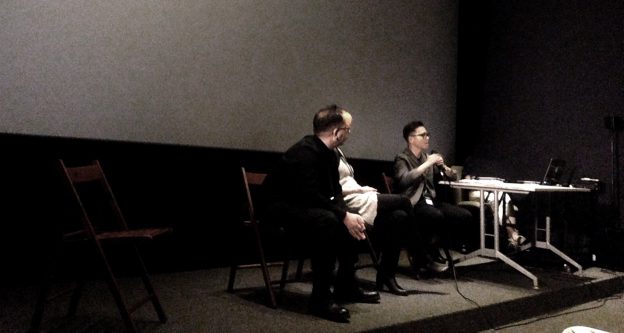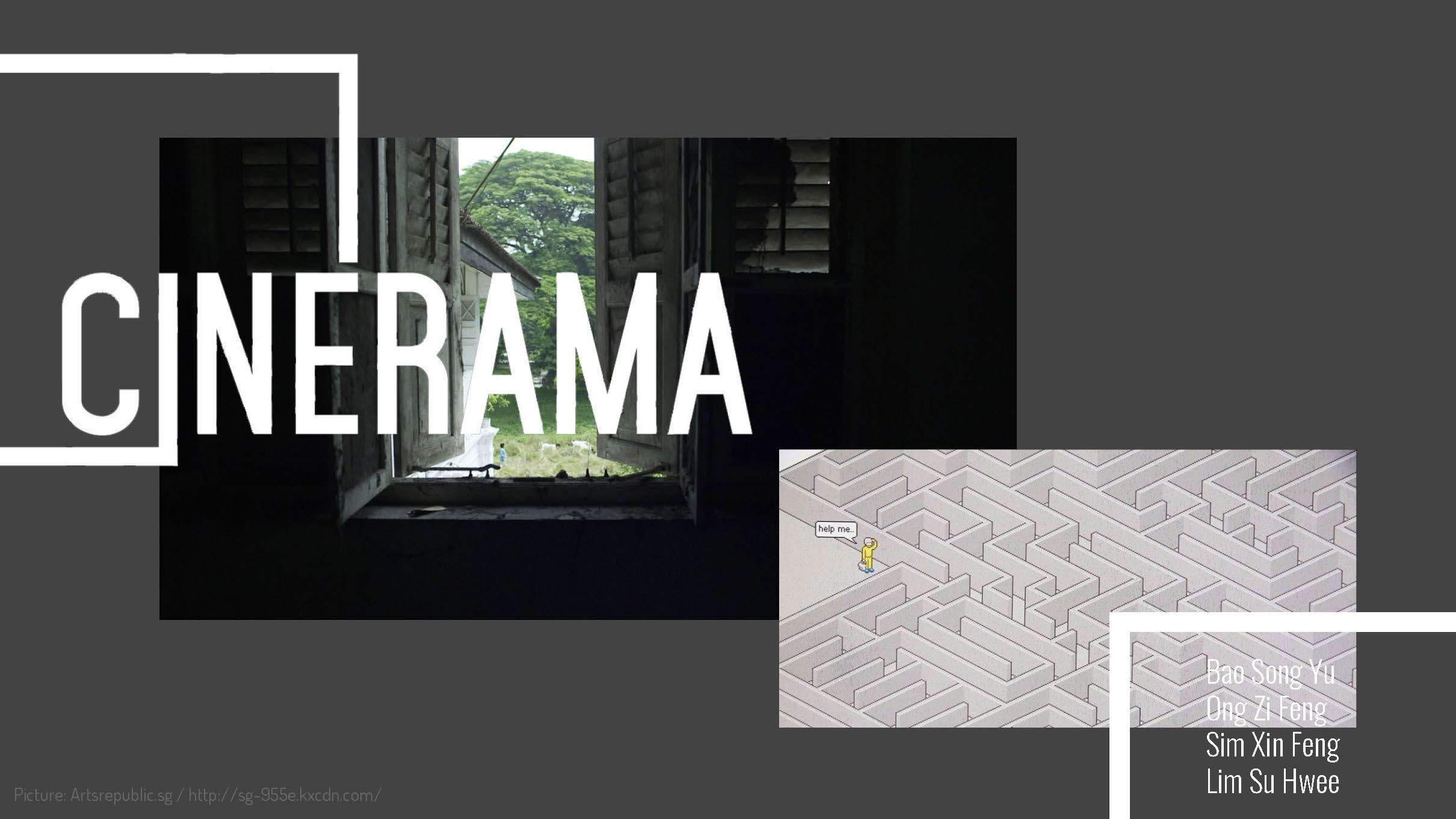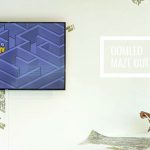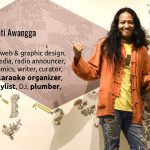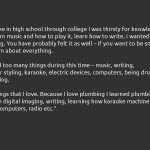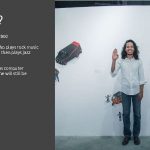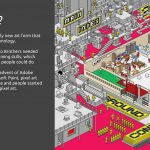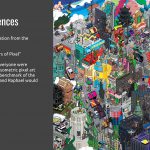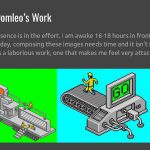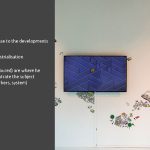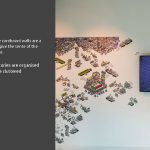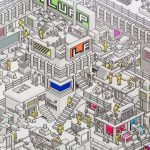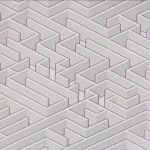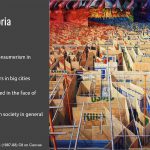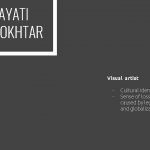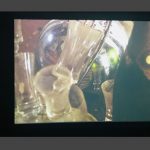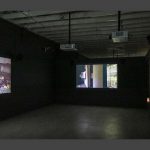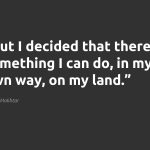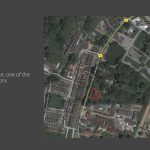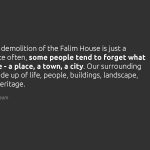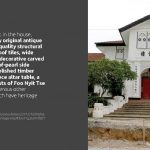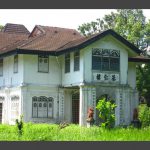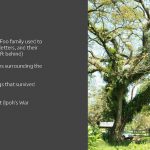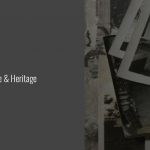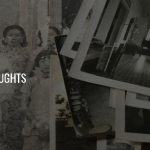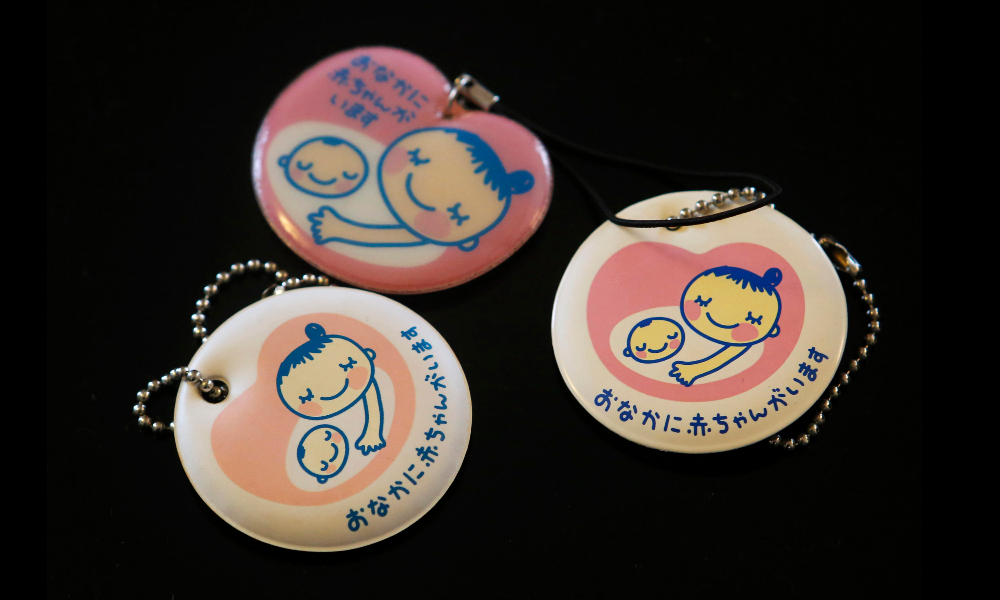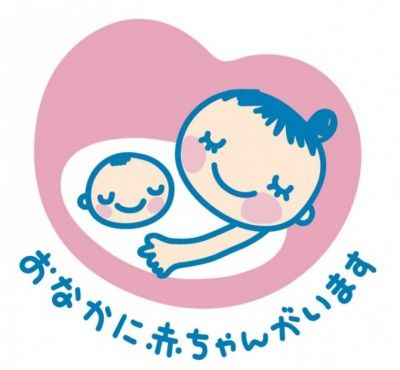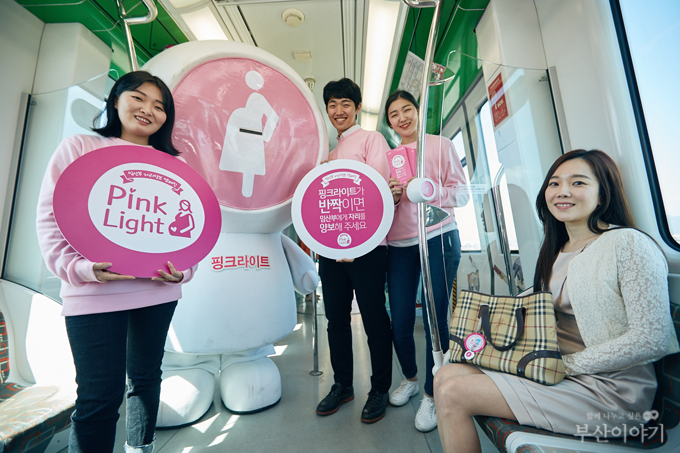(Note: Haphazard organisation of thoughts)
The session by National University of Singapore Professor, Audrey Yue, raised many questions and thoughts about Ambient Participation and Placemaking. She cites Alan Brown’s 5 modes of art participation to further explain and put forth the relationship between placemaking and ambient art participation.

The classifications transcend discipline, genre, cultural context, and skill level and include the following:
1. Inventive Arts Participation engages the mind, body, and spirit in an act of artistic creation that is unique and idiosyncratic, regardless of skill level.
2. Interpretive Arts Participation is a creative act of self-expression that brings alive and adds value to pre-existing works of art, either individually or collaboratively.
3. Curatorial Arts Participation is the creative act of purposefully selecting, organizing, and collecting art to the satisfaction of one’s own artistic sensibility.
4. Observational Arts Participation encompasses arts experiences that an individual selects or consents to, motivated by some expectation of value.
5. Ambient Arts Participation involves experiencing art, consciously or unconsciously, that is not purposefully selected—art that “happens to you.”
Source: Alan Brown, A Fresh Look at Arts Participation
Placemaking
Throughout the presentation, I found myself questioning the meaning of placemaking and how it relates to Singapore. A quick search online defines placemaking as:
Placemaking refers to a collaborative process by which we can shape our public realm in order to maximize shared value.
Source: Project for Public Spaces
Land is scarce in Singapore and the landscape is ever-changing. There is constant rebuilding and re-evaluating the value of a place in this country. This then become a catalyst for conversations and debates. The potential in placemaking here is high because of the multiracial, multi-religious, multicultural background of Singapore. Placemaking also ensures continuity in any given type of art creation.
Finding New Ways to Evaluate Impacts of Placemaking
Yue also brought up the importance of finding other ways to evaluate impacts of placemaking and enhancing cultural impact. What determines the success of a placemaking project? How to we define its success beyond footfall and participation results? I think we need to constantly re-evaluate the way we approach the art-making process and our definition of a “successful” work of art. For example, in Singapore, the term “Community Art” has a negative connotation to it. Placemaking encourages community art-making, however, over the years, artworks that were created for the sake of it started to replace the space that once was “community art”. Community Art is deemed as something done for “charity”, where art works are created to meet certain organisation objectives and Key Performance Indicators (KPI). This defeats the purpose of placemaking because it does not have continuity and works are produced against time, often resulting in works that do not hold much meaning and thought.
Friends in the art industry often lament about the lack of time in the process of art-making. Once given a grant, the organisation sets deadlines for the artist to meet and the work must result in a physical work (e.g. exhibitions). The organisation then determines if the project is successful through its KPI, such as crowd numbers and public reaction. If it fails to meet the KPI, it is then deemed a “failure” and the possibility of holding a similar project is reduced.
How to “Measure”
I agree with Yue when she suggested other ways of “measuring” the success of such a project – that is to create focus groups and use qualitative surveys. This requires time and effort. If we are always in a hurry to see results, we will not be able to witness a project’s true success. We are always too quick to nip an “unsuccessful” project in its bud, without giving it time to develop into something more.
I feel that this topic is very relevant to the creative industry in Singapore. As an art student, we have to constantly reflect about the state of the arts in Singapore. When it comes to art, numbers and results should be secondary to the process of art-making. It should create a safe space for dialogue and discussion to happen because ultimately, placemaking gives meaning to a space and helps us realise that we are inter-connected through a network of relationships.
Examples of Placemaking in Singapore
http://www.asianurbanepicenters.com/?p=3148
https://www.clc.gov.sg/documents/books/research-workshop/2017/bc_2017_11_kenneth_kwok.pdf
http://www.straitstimes.com/singapore/golden-flags-put-up-by-gold-foil-artist-removed-by-jalan-besar-town-council-over
